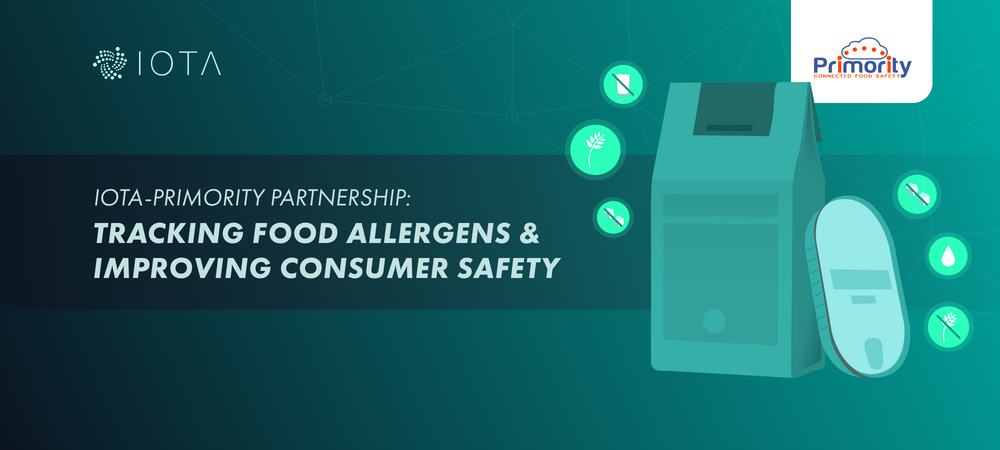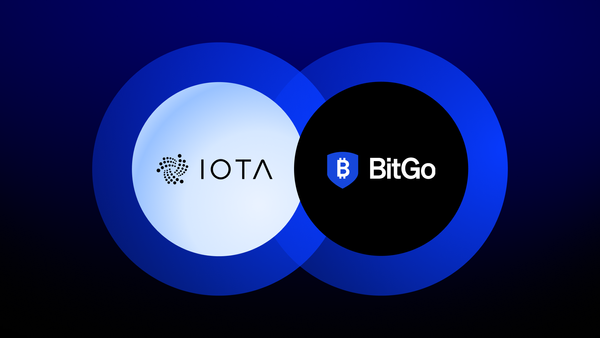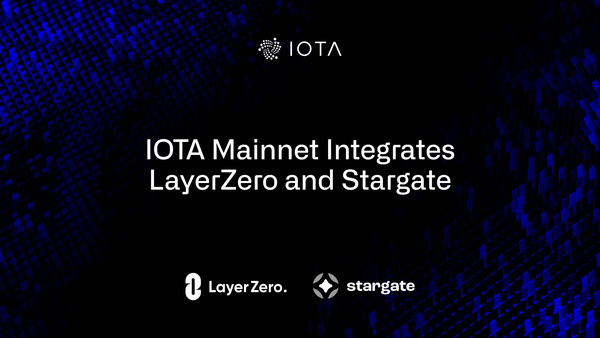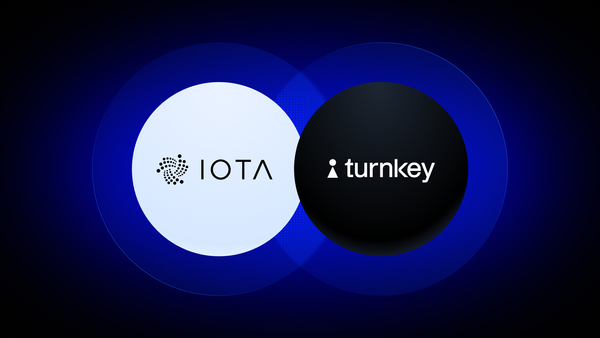IOTA-Primority Partnership: Tracking Food Allergens & Improving Consumer Safety
The labels on packaged food can be hard to read and difficult to understand and they might not even be accurate. The complexity of supply chains and food manufacturing processes makes it almost impossible for our current systems to ensure the level of granularity that can mean a deadly difference for sensitive immune systems.
And that is just talking about the well-known allergens that are relatively easy to track.
There are other hidden allergens that might contaminate a given batch of packaged food. This happens when different foods share the same production line. This is not uncommon in the food preparation industry. Small traces of an allergen can then appear in the food which was supposed to be allergens free.
Peanuts in the porridge?
As an example, think about pre-packaged porridge being manufactured on the same production line as peanut butter. The porridge might still contain traces of peanuts. Such allergens and the associated risks are much more difficult to track as they can affect only a few batches and only for a limited production time.
In order to ensure food transparency and consumer safety the IOTA Foundation and Primority have partnered to collaborate on an easy-to-use and innovative approach combining the best of cutting-edge technologies.
Using the 3iVerify platform, Primority’s customers (food manufacturers), can collect accurate information related to their manufacturing chains. Such information spans the accurate tracking of used raw materials and their suppliers, as well as a detailed assessment of food production processes.
Reaching consumers with IOTA
By storing this valuable information on IOTA’s immutable distributed ledger, the Tangle, consumers will also be able to gain full insights about the allergens they seek to avoid by the simple act of scanning a barcode on just one app on their phone.
Consumers will be able to do so without sharing any personal, sensitive information, and without owning any cryptocurrency.
Thanks to IOTA’s permissionless nature, food manufacturers will be able to seamlessly share the data via feeless micro transactions without dealing with complex and costly business models and infrastructure.
Here is how it works:
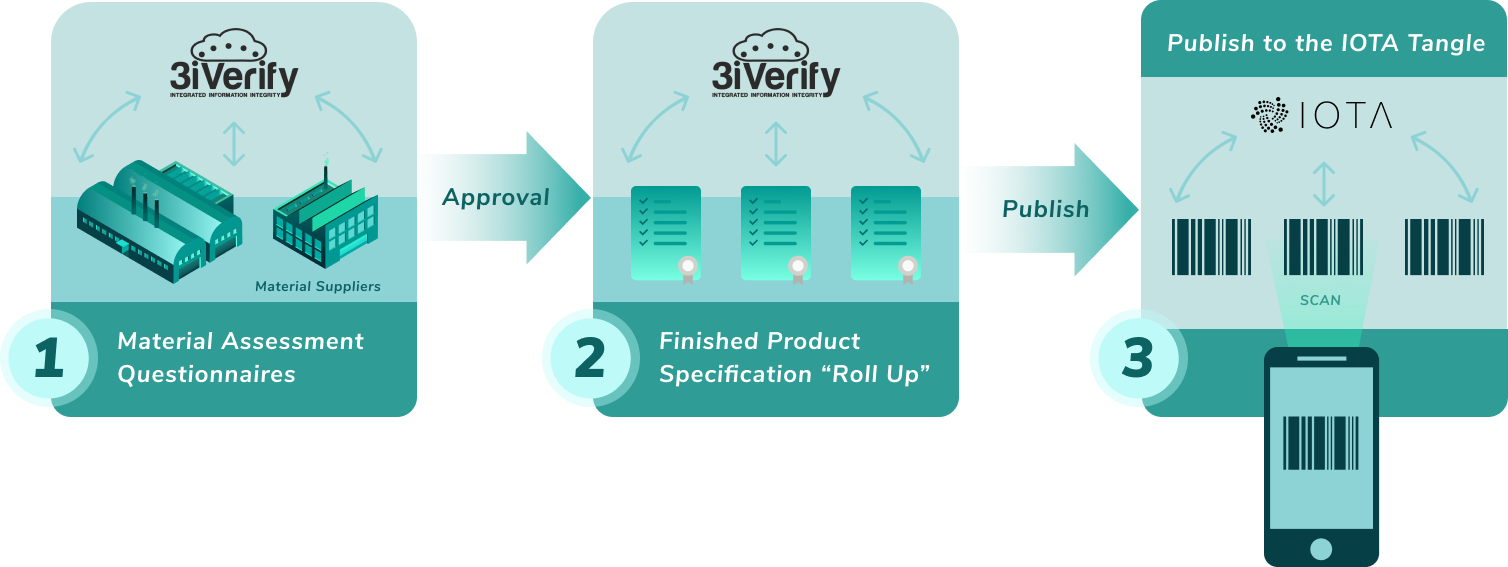
With the consent of the food manufacturer, the information collected by the 3iVerify platform is shared on the IOTA Tangle. This is done using MAM Channels.
“MAM (Masked Authenticated Messaging) is a second layer communication protocol that allows to easily create and read data stream on the IOTA Tangle, guaranteeing the integrity of the information and protecting its confidentiality through encryption.”
A dedicated MAM channel is therefore created for each specific food product. A dedicated code, usually the same as on the corresponding food packaging, is used as identifier of the MAM channel. A digital twin is created for the product and contains the list of allergens identified in the product together with its expiry date. The expiration date is used to select the correct MAM message with the information matching the right product batch once the product label is scanned.
MAM Channels were preferred to single IOTA transactions to share product information because it allows us to easily issue, connect and retrieve updated information about the given product. By simply issuing new MAM messages for the same channel, food specs can easily be updated.
Differently, using single IOTA transactions the complexity cost of maintaining consistency across different updates might exceed the value of the shared information and reduce scalability. Particularly when the variety and quantity of food products increases.
Once stored into the IOTA Tangle this information becomes immutable and its integrity guaranteed, thus manufacturers take responsibility to confirm that shared information is the one contained in the Primority database. To confirm this, a hash of the product information contained in the Primority database is added to the digital twin.
Once on the IOTA Tangle, information can be accessed from anywhere and by anybody. For demonstration purposes Primority developed the AllergensCheck App.
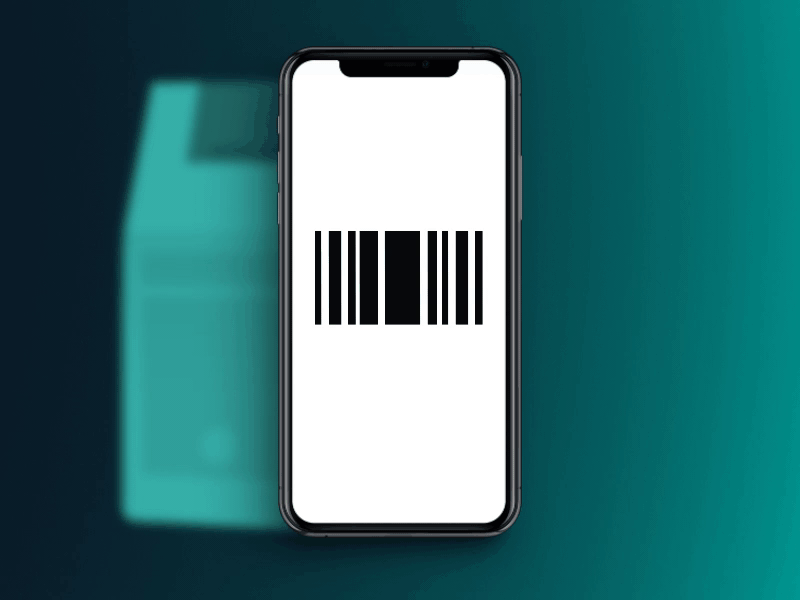
Through the app, consumers can scan any food product in their hands. Using the food barcode and expiration date, the right MAM channel is selected and all the MAM messages containing an expiration date earlier than the indicated one are fetched.
To increase safety and overcome the impossibility of current barcodes to track information at product level, the superset of allergens identified in the specific product, before that closest expiration date, is presented to the consumer.
This allows consumers to make an informed choice on the packaged food they wish to buy, by having greater real-time awareness of any food safety risk.
Watch how the app works in practice
Thanks to a decentralized system similar to the one developed, consumers do not need to share any sensitive information related to their food allergies. Such information can simply be stored inside the app and user mobile phone and used only to simplify identifying risks once the food product information is fetched.
Moreover, a similar system does not require any consumer log in into the app and information can be fetched from any app or even by using any Tangle explorer available on the web (e.g. thetangle.org). Retailers or any third party can integrate the same logic and the available information to provide the same food allergens service as part of their offer to customers .
Furthermore, IOTA’s permissionless nature allows food app developers to access an already and always available and general purpose infrastructure for the access of required data, without the need to perform one-to-one integration with proprietary systems. This increases interoperability.
In order to evolve and facilitate the adoption of our Proof of Concept we are currently integrating industry standards for the sharing of product information (e.g. GS1 Digital Link) and testing the use of new product codes (such as a QR-code) in order to provide more granular information at product rather than only batch level.
To leverage the full IOTA power we are now investigating the role of tokens as incentives to generate more consumer awareness by rewarding scanning activities and other desired user behaviors.
If you are a food manufacturer and you want to discuss how to integrate with IOTA in a similar way or if you are a food retailer that wants to access the white label app, please get in touch with: James ([email protected]) and Michele ([email protected]).
In order to better tackle industry-wide standardization activities, we are also establishing a solution group working on standardized APIs. Please show us your interest to participate by getting in touch with: Jens, [email protected]

